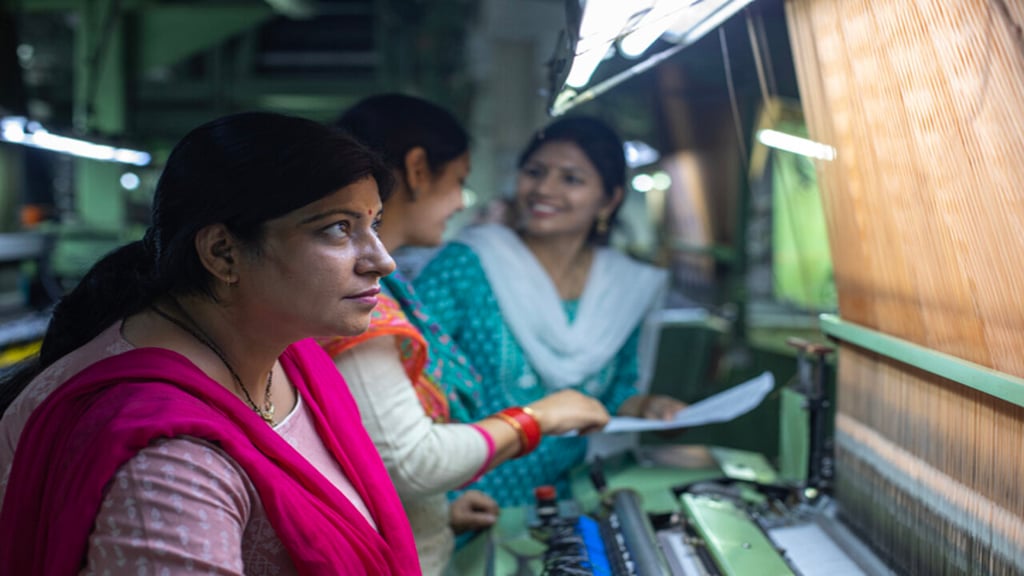The issue of counterfeit parts has affected several industries for many years now, playing a particular problematic role in the steel and electronic component markets.
Due to the potential risks to product conformity within an aviation, space or defence application, quality management system AS 9100 revised its latest series of standards to include specific, additional requirements for preventing counterfeit parts.
A counterfeit part is officially defined as any unauthorised copy, imitation, substitute or modified part that is knowingly misrepresented as a specified genuine part of an OEM or authorised manufacturer.
As well as the product itself, this definition can also apply to any supporting documentation, for example, a mill test certificate or certificate of conformity.
How can counterfeit parts be avoided?
The first place to start with avoidance of counterfeit parts would likely be through the source of supply. When selecting a new supplier, whether it be a manufacturer or stockholder, there should be a good level of due diligence performed. Although due diligence will likely be more detailed and vary by sector, some useful fundamental questions are:
- Are they an authorised / approved vendor for the product you are looking for?
- Do they hold recognised third-party certifications such as AS 9100 or ISO 9001?
- Are you confident in their capability to provide full traceability back to the source for all materials?
There is a strong link here to AS 9100 clause 8.4.3m which involves the requirements to demonstrate ethical behaviour/product safety to suppliers. High profile past events have taught us that known misrepresentation of parts is often a result of a poor organisational culture where delivery has been prioritised over the integrity of the product.
When evaluating a new supplier, it is worth considering how a supplier educates their employees on matters such as product safety and counterfeiting, and whether a "just culture" is evident in the organisation, where staff can openly report mistakes and speak up against a violation of procedure.
How can counterfeit parts be detected?
Understandably, controlling the source of supply is a first line of defence against counterfeit parts, but controls specific to the verification of the actual product purchased should also be considered.
This is where the robustness of your goods receiving processes and competence of personnel working in this area will come into play. Before the product is even taken out of its packaging, there are questions we can ask:
- Does the packaging look genuine?
- Do the accompanying conformity documents look acceptable?
- Is there any evidence to suggest the use of correction fluid?
- Can it be verified that the results stated on the conformity documents (e.g. mill test report) match the buyer's criteria?
That last one is particularly important – and the need to assess the validity of supplier test reports is a requirement of AS 9100 clause 8.4.2.
In the example given above for metal, any deviation in the chemical analysis results stated on the mill test report against the actual Aerospace Material Standard (AMS) for that material grade would be a cause for concern, especially if the supplier has agreed to supply material against a specific AMS.
In the context of electronics manufacturing, it is useful to keep track of obsolescence databases. If a part is observed to have a date of manufacture in 2020 but it officially became obsolete in 2016, then alarm bells should certainly start to ring!
For some parts determined to be high criticality, or at high risk of being counterfeited, source controls/visual inspection will most probably not be enough. It will then be the responsibility of your organisation to put in place more diligent inspection and test regimes.
Naturally what you do here will vary a lot by product. The level of test and inspection will also vary depending on how critical the final application of the part is. For example, for materials used on important engine components, there are several organisations using handheld XRF Spectrometers to verify metal stock at the receipt.
A good quality management system that follows a risk-based approach will help you decide what is appropriate within the context of your product/service.
Protecting the wider supply chain
One final thing to consider is the requirement to prevent counterfeit parts from re-entering the supply chain. Hopefully, most organisations will never find themselves in possession of counterfeit parts, but if they do it is very important to ensure these goods are controlled. Simply sending them back to the vendor poses a threat to the wider aviation, space and defence supply chain as the goods could be re-sold to another unsuspecting consumer. Therefore it is very important to ensure instances are reported through the necessary channels.
It may be beneficial to check your local requirements for reporting such issues - such as how containment is addressed in control of non-conforming product procedures, and the need to report counterfeit part events to external regulatory bodies.




